When a Taiwan-affiliated firm launched a rocket from Taiki, Hokkaidō, in July 2025, it became the first foreign-funded launch to take place in Japan. A new spaceport in the northern town is aiming to capture more of this growing market and become a space hub for the East Asian region as a whole.
Using Geographical Advantage
A spaceport is a ground facility designed to handle frequent launches of spacecraft and the vehicles carrying them to space. The world’s first commercial spaceport is considered to be Spaceport America in New Mexico, which opened in 2011. In recent years, the development of compact, high-functioning satellites and the small-lift vehicles to launch them has intensified, and plans for private spaceports are progressing elsewhere in the United States and all across the globe. According to American analytics firm BryceTech, there are more than 30 existing and planned launching sites and spaceports in the Asia-Pacific region alone.
According to the US National Aeronautics and Space Administration, nearly 70% of the roughly 3,000 satellites launched worldwide in 2023 were small satellites with a mass of less than 600 kilograms. The demand for small satellite launches is expected to increase exponentially, especially with the rise of satellite constellations, systems in which dozens to thousands of satellites are operated as a single network.
However, in order for a spaceport to be favored by the world’s small-scale launch market, three elements are essential: geographical conditions suited for placing satellites into high-demand orbits; operational efficiency that can accommodate the frequent launch schedules required by satellite operators; and adequate infrastructure to support those launches.
Small satellites are placed in what is called an SSO, or sun-synchronous orbit, which runs north to south. In such an orbit, the satellite flies over both poles of the earth, traveling along the same lines of longitude and passing over a single set of points on the globe at the same time each day, making them ideal for tracking changes on the planet’s surface. For large satellites weighing multiple tons—exemplified by communication, broadcast, and weather satellites that need to be launched into GEO, or geostationary orbit, holding them in a fixed position over a selected location—areas near the equator have always been ideal for launching. However, with the recent surge in demand for smaller satellites, high-latitude regions with uninhabited areas to both their north and south are increasingly being recognized as suitable for launch sites.

Japan’s Front Runner
With the space industry gearing up, the front runner in Japan is Hokkaidō Spaceport (HOSPO) in the town of Taiki, Hokkaidō, where a Taiwanese company recently performed a launch. In terms of location, Taiki faces the open Pacific to the east and south, making it ideal for SSO launches. Ide Shinji, the director of space transportation and spaceports at the National Space Policy Secretariat of the Cabinet Office, emphasizes the site’s advantages: “The south opens onto the sea, so there is minimal energy loss for SSO launches, making it an attractive location for launching satellites.”

Until recently, Japan’s launches were confined to two sites, both in Kagoshima Prefecture: Tanegashima Space Center and Uchinoura Space Center. Both are run exclusively by JAXA, the Japan Aerospace Exploration Agency. Moreover, their maximum number of launches in a year, which was achieved in 2017, amounted to just six. They lack the launch capacity to meet the needs of domestic private operators, let alone to draw in demand from abroad.
In an effort to keep Japan’s small-satellite launch demand from moving overseas, in 2024 the Japanese government started the Space Strategy Fund and set a policy to “improve Japan’s rocket launching capabilities by securing approximately 30 flagship and private rocket launches annually by the first half of the 2030s.” HOSPO is positioned as a pioneering facility in this initiative.
According to estimates of the Development Bank of Japan and the Hokkaidō Economic Federation, Taiki could handle twice the number of SSO satellite launches as Tanegashima. Expressing his ambitions, President Odagiri Yoshinori of Space Cotan, which manages HOSPO, says, “Of the thirty annual launches targeted by the government, we want to handle ten of them, a third.”
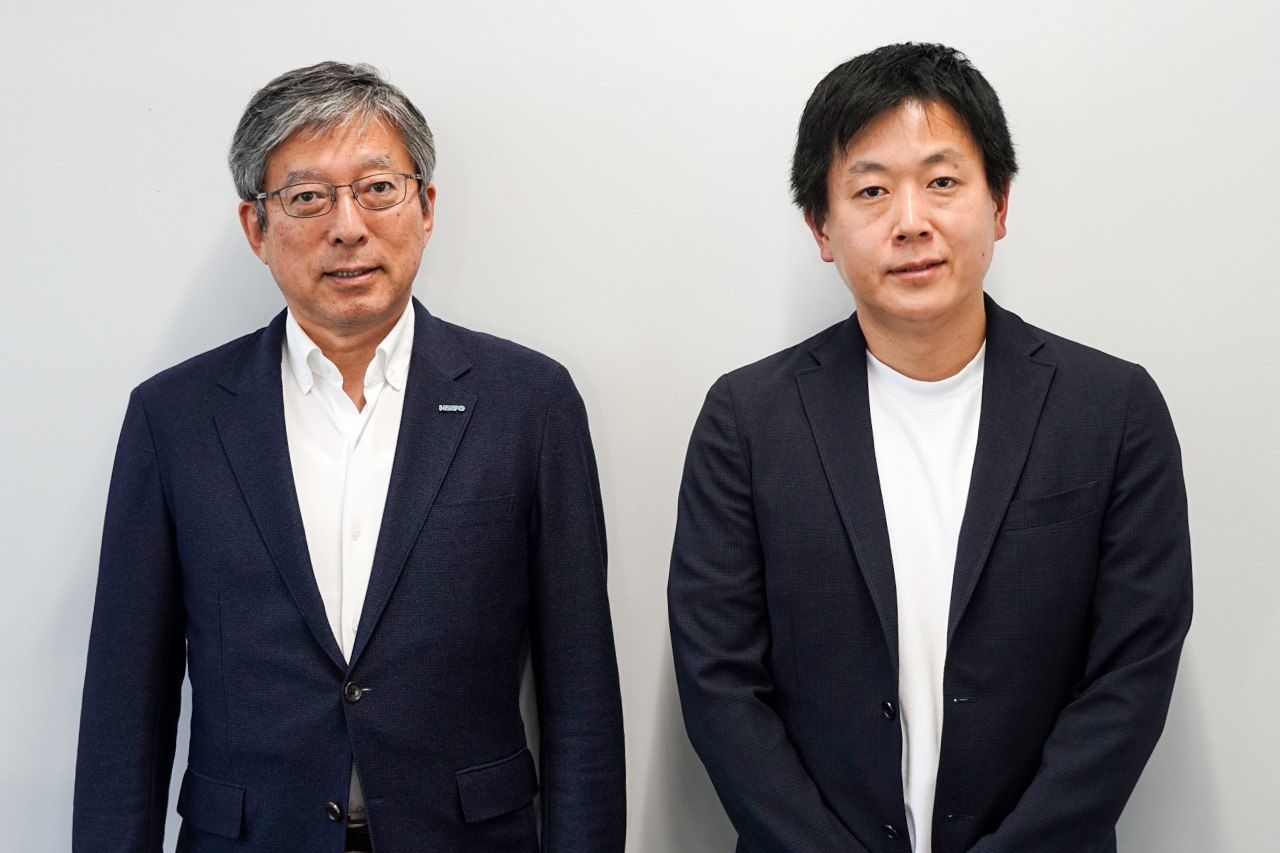
Space Cotan’s president, Odagiri Yoshinori (left), and the head of its Business Promoting Department, Takase Yūsuke, speak about the future of HOSPO. (© Akiyama Ayano)
Facilities Expansion Underway
To translate this potential into commercial success, the ability to carry out launches frequently and reliably is necessary. At HOSPO, construction is currently underway to build Launch Complex 1, a launch site for artificial satellites. Next down the line is Launch Complex 2, designed to handle an impressive 10 launches annually and support larger vehicles.
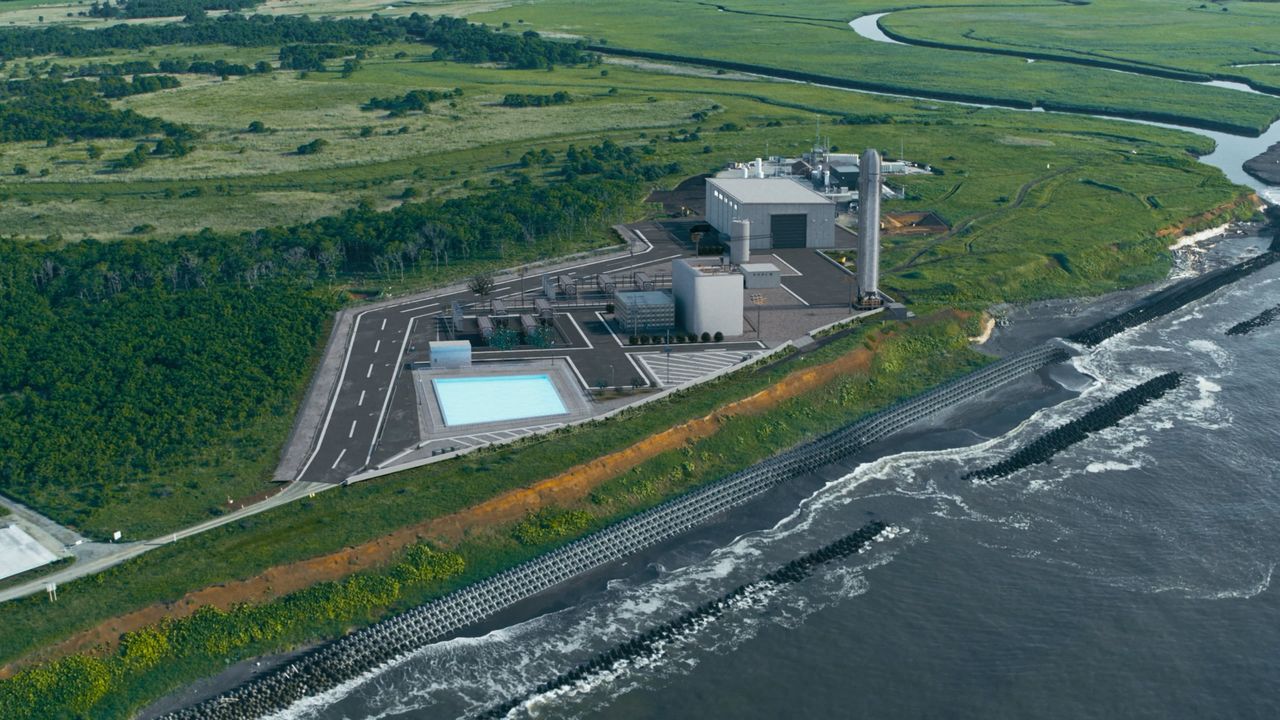
Launch Complex 1 is expected to include facilities for assembling vehicles, storing propellant, and testing engine combustion. (Rendering courtesy Space Cotan)
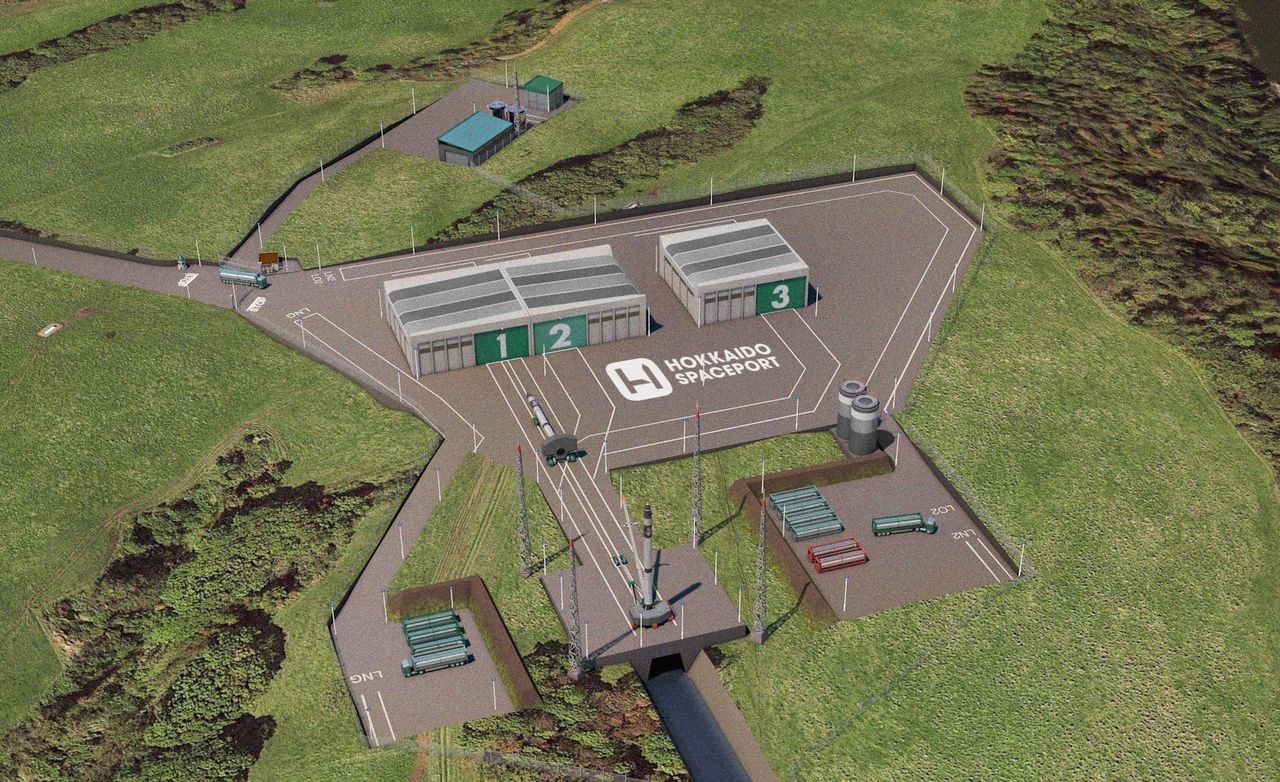
Launch Complex 2 will be equipped to launch larger satellites than Launch Complex 1, and will handle simultaneous assembly of multiple types of vehicles. (Rendering courtesy Space Cotan)
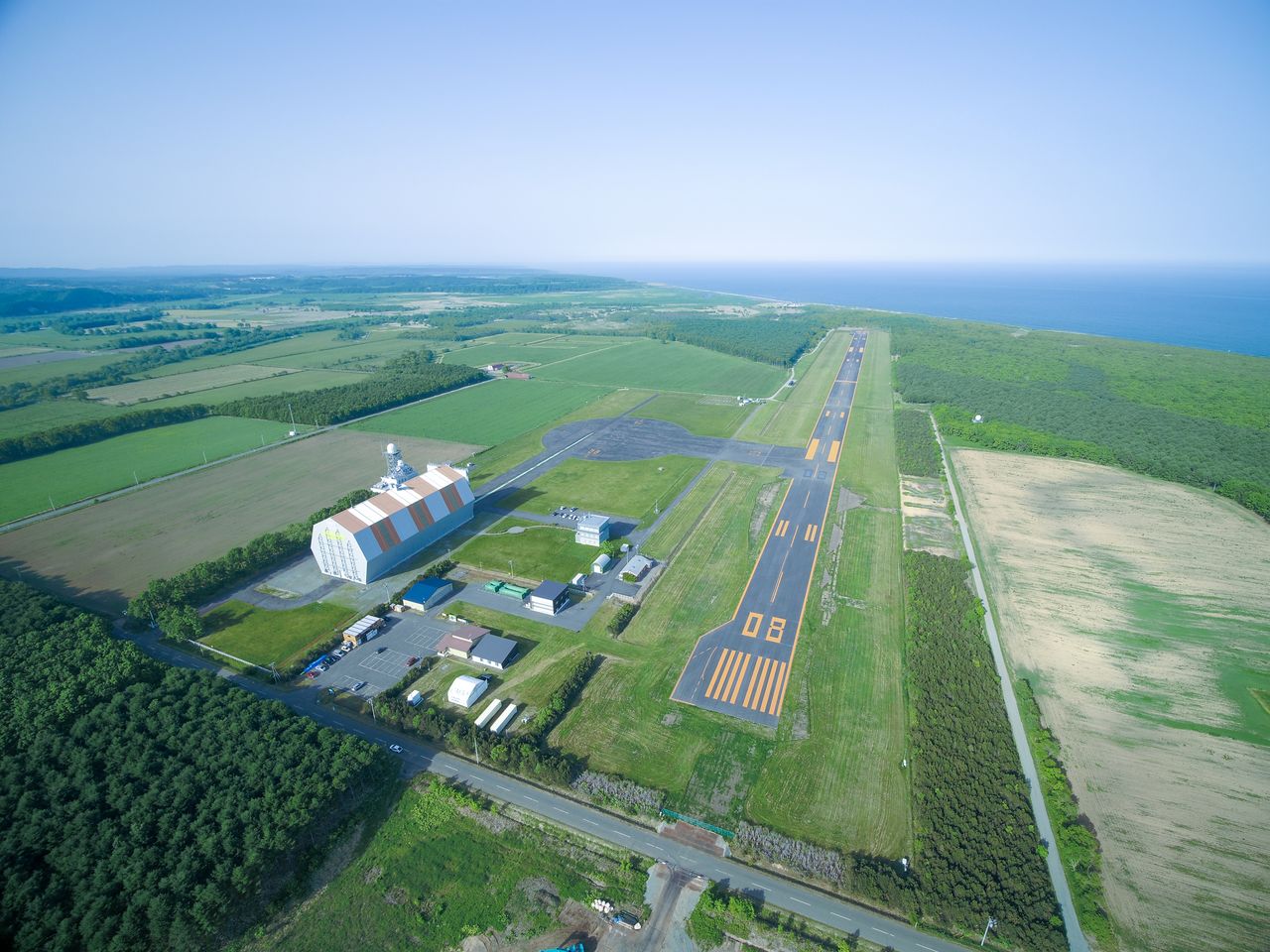
The 1,300-meter runway will be used for the development and testing of “spaceplanes,” spacecraft with wings like airplanes for atmospheric flight. (Courtesy Space Cotan)
A July 2025 small rocket launch by jtSPACE, the Japanese sister company to a Taiwanese rocket developer, in July was aborted immediately after liftoff due to irregularities with the craft. The first stage fell into the sea and the second stage crashed on the ground near the launch site. Although the launch was not successful, it was seen positively that HOSPO attracted an overseas business to conduct a launch. A representative from the Space Development and Utilization Division of the Ministry of Education, Culture, Sports, Science, and Technology (MEXT) states that a “major milestone” has been achieved.
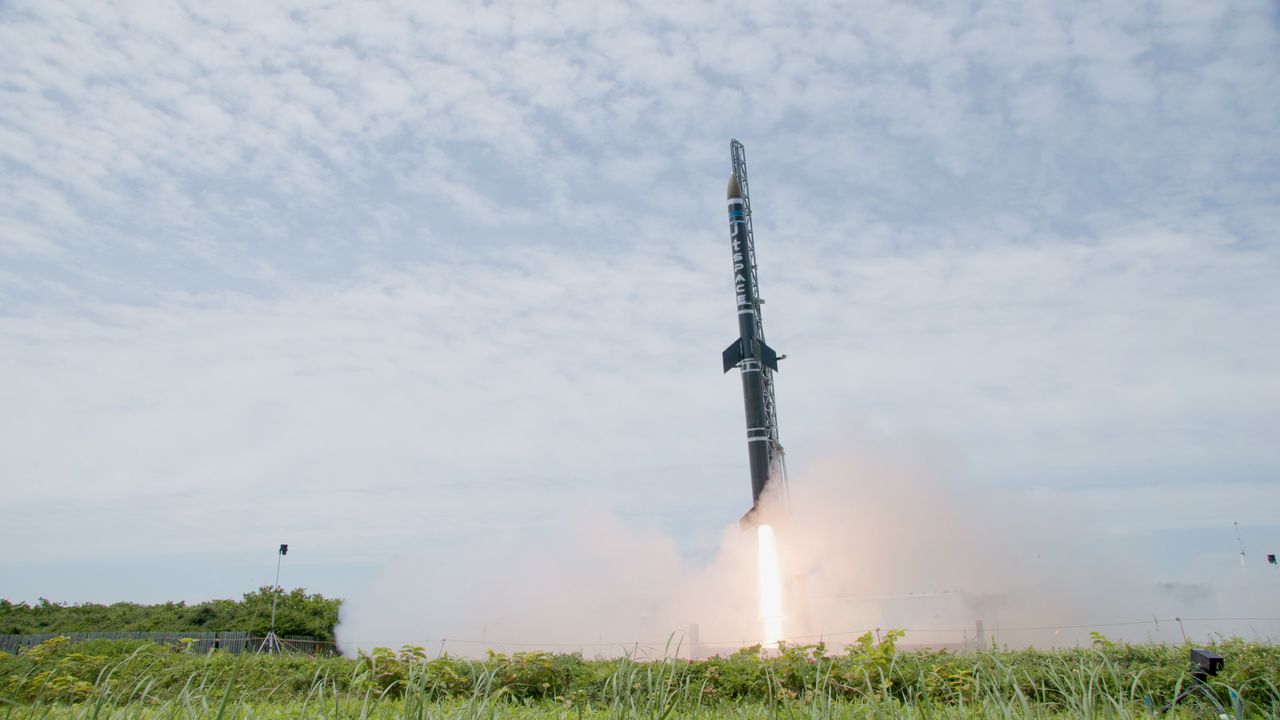
The jtSPACE rocket launched at HOSPO on July 12, 2025. (Courtesy Space Cotan)
For this launch, a rocket manufactured in Taiwan was shipped to Hokkaidō’s Tomakomai Port, around 150 kilometers west of the spaceport, and then transported by land to Taiki. jtSPACE had also considered an Australian spaceport as a candidate, but chose HOSPO after evaluating transportation distance, time, and cost.
Other companies are taking notice as well. In August, American company Firefly Aerospace announced that it is considering launching from HOSPO. The company’s small-lift launch vehicle, Alpha, which is capable of carrying about 1 ton of payload, has been used for two missions carrying technical test satellites for the US military and NASA.
Competing on the Global Stage
The MEXT representative stresses that in order to remain competitive internationally, shortening the lead time to launches, securing robust infrastructure and technology for launch vehicles and satellites, and offering pricing that can stand up against competitors are important. To avoid a race to the bottom on pricing, commercial spaceports worldwide do not directly disclose usage fees, instead releasing only limited information such as long-term lease costs. The world’s spaceports are trying to gauge each other’s conditions while keeping their own under wraps, showing just how intense the competition is.
There are, however, benchmarks for commercial viability. In the 2019 report “Spaceports: Enabling the Space Economy” published by the international spaceport consortium Global Spaceport Alliance, Mark Lester, then CEO of Alaska Aerospace, which conducts SSO launches in Alaska, noted that spaceports could operate independently without relying on subsidies if they achieved at least 24 commercial launches and 3 government launches per year.
In fiscal 2024, Space Cotan was selected for a Space Strategy Fund project aimed at increasing launch frequency. With ¥10.5 billion from the fund, the project will enhance capabilities to handle vehicles with different structures and functions, improve meteorological forecasting and communication systems, and develop cryogenic technology for liquid-fuel rockets. By strengthening its capabilities and infrastructure, HOSPO aims to attract more demand. This in turn translates to experience and know-how gained from launches, which will then feed back into further improvements. If this cycle of demand generation gains momentum, HOSPO will be able to enhance its competitiveness and draw closer to its goal of becoming an East Asian hub spaceport.
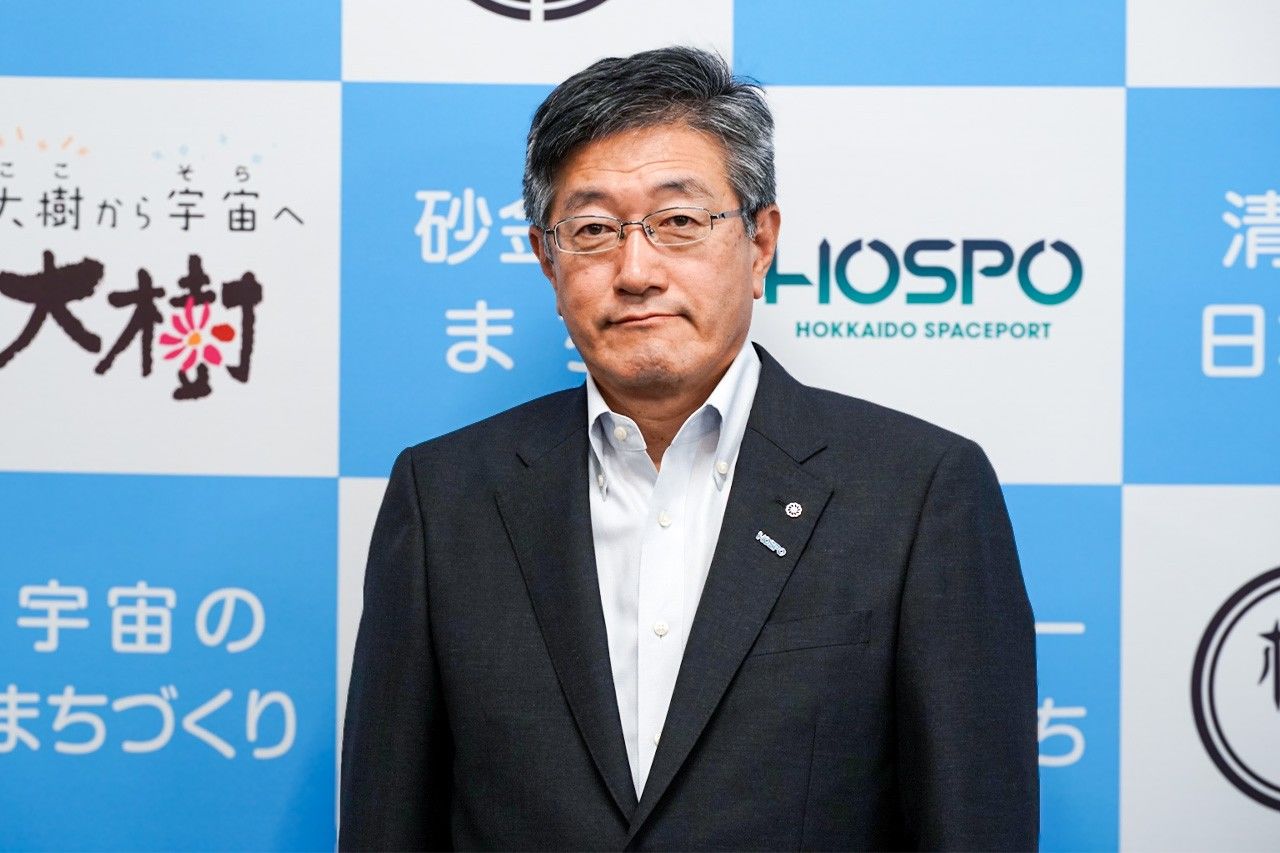
Mayor Kurokawa Yutaka of Taiki, Hokkaidō, has high expectations for Hokkaidō Spaceport. (© Akiyama Ayano)
“We are heading toward a time when players in the space industry will launch rockets as if they were aircraft,” says Taiki Mayor Kurokawa Yutaka, who is determined to fully support Space Cotan. “Taiki will be selected as an optimal launching site.”
(Originally published in Japanese. Banner photo: A conceptual rendering of the Hokkaidō Spaceport as it is planned to appear. Courtesy Space Cotan.)


AloJapan.com